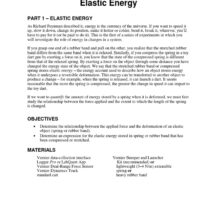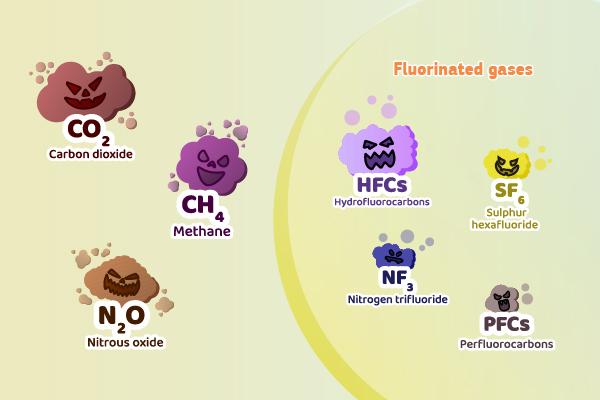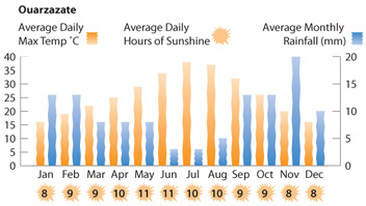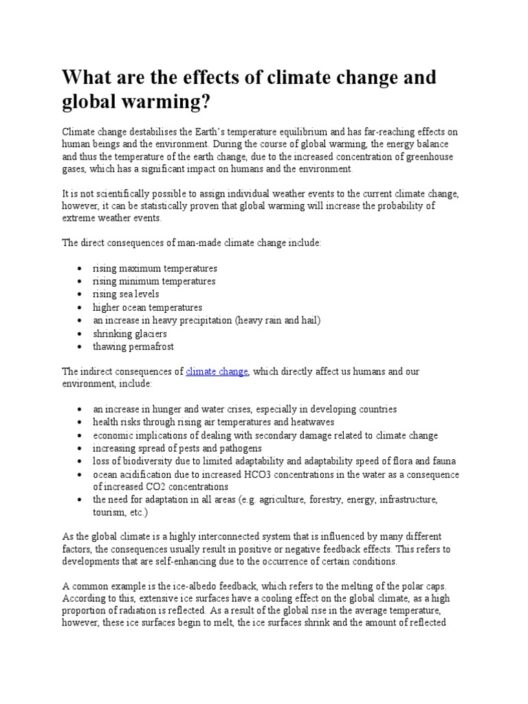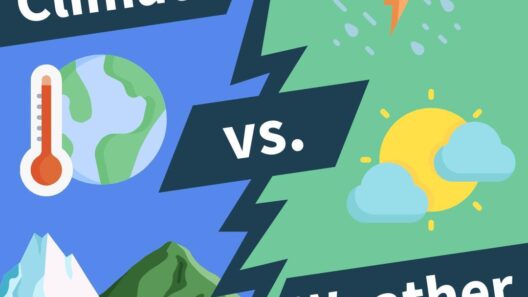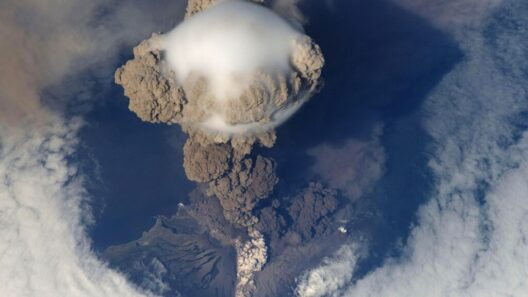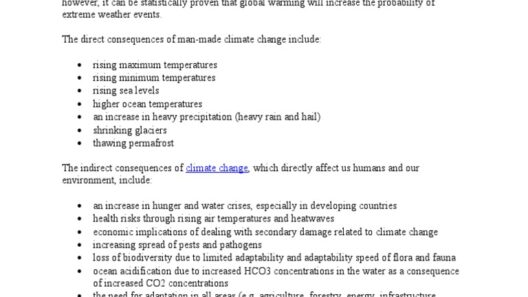Global climate change has emerged as one of the most pressing challenges facing humanity today. It represents a significant shift in our planet’s climate system, a phenomenon that is inextricably woven into the fabric of our daily lives. Understanding the causes of global climate change is crucial, as it can empower individuals and communities to take meaningful action. This exploration aims to uncover the multifaceted origins of climate change, revealing the truth behind this vital issue.
At the heart of climate change lies the increase in greenhouse gases (GHGs) in our atmosphere. These gases, including carbon dioxide (CO2), methane (CH4), and nitrous oxide (N2O), create a “blanket” effect, trapping heat and causing the average global temperature to rise. While some greenhouse gases occur naturally, human activities have intensified their concentrations at an alarming rate. This intense anthropogenic influence has ignited discussions and sparked movements across the globe.
The primary culprit of this surge in greenhouse gases is the burning of fossil fuels. Coal, oil, and natural gas are the backbone of modern energy production, powering everything from our vehicles to our homes. The combustion of these fuels releases significant amounts of CO2 into the atmosphere. In fact, the energy sector is responsible for nearly three-quarters of GHG emissions globally. This reliance on fossil fuels not only jeopardizes future generations but also poses immediate risks to our health and wellbeing.
Another major contributor to climate change is deforestation. Forests act as carbon sinks, absorbing CO2 and helping to regulate our planet’s climate. However, rampant logging for timber, agricultural expansion, and urban development has led to the widespread loss of forests. Each tree removed releases stored carbon back into the atmosphere, exacerbating global warming. Ironically, the very ecosystems that could mitigate climate change are being systematically dismantled, highlighting a grave disconnect between economic pursuits and ecological integrity.
Agriculture is another significant driver of climate change, particularly through practices that release methane and nitrous oxide. Livestock farming produces substantial amounts of methane, a greenhouse gas that is more potent than CO2 in the short term. Fertilizer usage, particularly nitrogen-rich fertilizers, releases nitrous oxide, further complicating the equation. Unsustainable farming practices not only contribute to emissions but also degrade soil health, creating a vicious cycle that undermines our food systems.
Industrial processes also add a layer of complexity to the climate change narrative. Certain manufacturing activities release gases such as hydrofluorocarbons (HFCs) and perfluorocarbons (PFCs), which, despite being used in smaller quantities, possess a global warming potential hundreds or even thousands of times stronger than CO2. The rise of consumerism and the demand for continuous production and consumption perpetuate these industrial emissions. The challenge lies not just in controlling existing emissions but in redefining our relationship with consumption and production.
Transportation is another key area linked to climate change. The movement of goods and people primarily relies on fossil fuels, leading to significant emissions from cars, trucks, ships, and airplanes. As global trade increases, so does the environmental impact of transportation. The interconnectedness of our economies means that an increase in demand for goods translates to a rise in emissions. Shifting our focus toward sustainable modes of transport, such as cycling, public transit, and electric vehicles, holds promise for reducing our carbon footprint.
Climate change is, therefore, not just an environmental issue; it is a social and ethical challenge as well. Vulnerable communities often bear the brunt of climate impacts despite having contributed the least to the problem. This inequity necessitates a comprehensive understanding of how vulnerabilities are exacerbated by systemic issues such as poverty and lack of access to technology. Engaging these communities in the climate dialogue is essential to creating equitable and inclusive solutions. Their voices matter, and empowering them can drive collective action.
Moreover, the intersection of climate change and biodiversity loss cannot be overlooked. Ecosystems flourish when in balance. However, climate change disrupts these ecosystems, threatening species with extinction. As temperatures rise, many animals and plants are forced to adapt or migrate, leading to shifts in biodiversity. This loss poses risks not only to wildlife but to agricultural systems that humans depend on for sustenance, thus emphasizing the interconnectedness of all life forms.
Education plays a pivotal role in combating climate change. By fostering awareness and understanding within communities, we can inspire collective action. Governments, organizations, and individuals must prioritize environmental education to cultivate a generation attuned to the climate crisis. Knowledge empowers action, and an informed populace is more likely to advocate for sustainable policies and practices.
In conclusion, the causes of global climate change are a tapestry woven from a multitude of threads—fossil fuels, deforestation, agriculture, industrial processes, transportation, and social inequities. Each is interconnected, forming a complex web of influences that affect our planet’s health. Recognizing these causes is the first step towards fostering solutions. Only by embracing a holistic perspective can we hope to mitigate this crisis and create a sustainable future for generations to come. Ultimately, the truth about climate change is that it demands urgent collective action; it calls for a new way of thinking, one that values our planet and prioritizes its preservation above all else.
